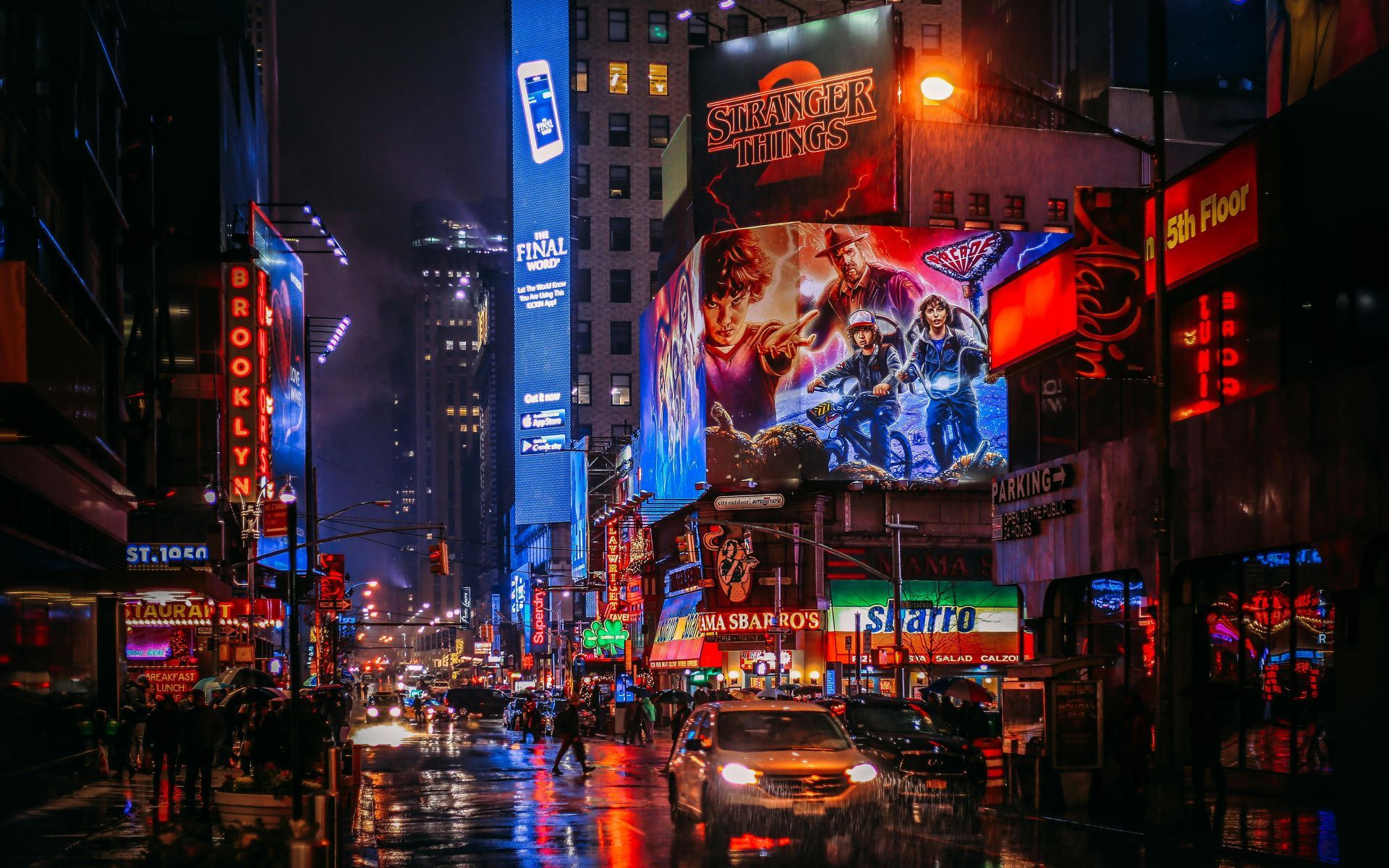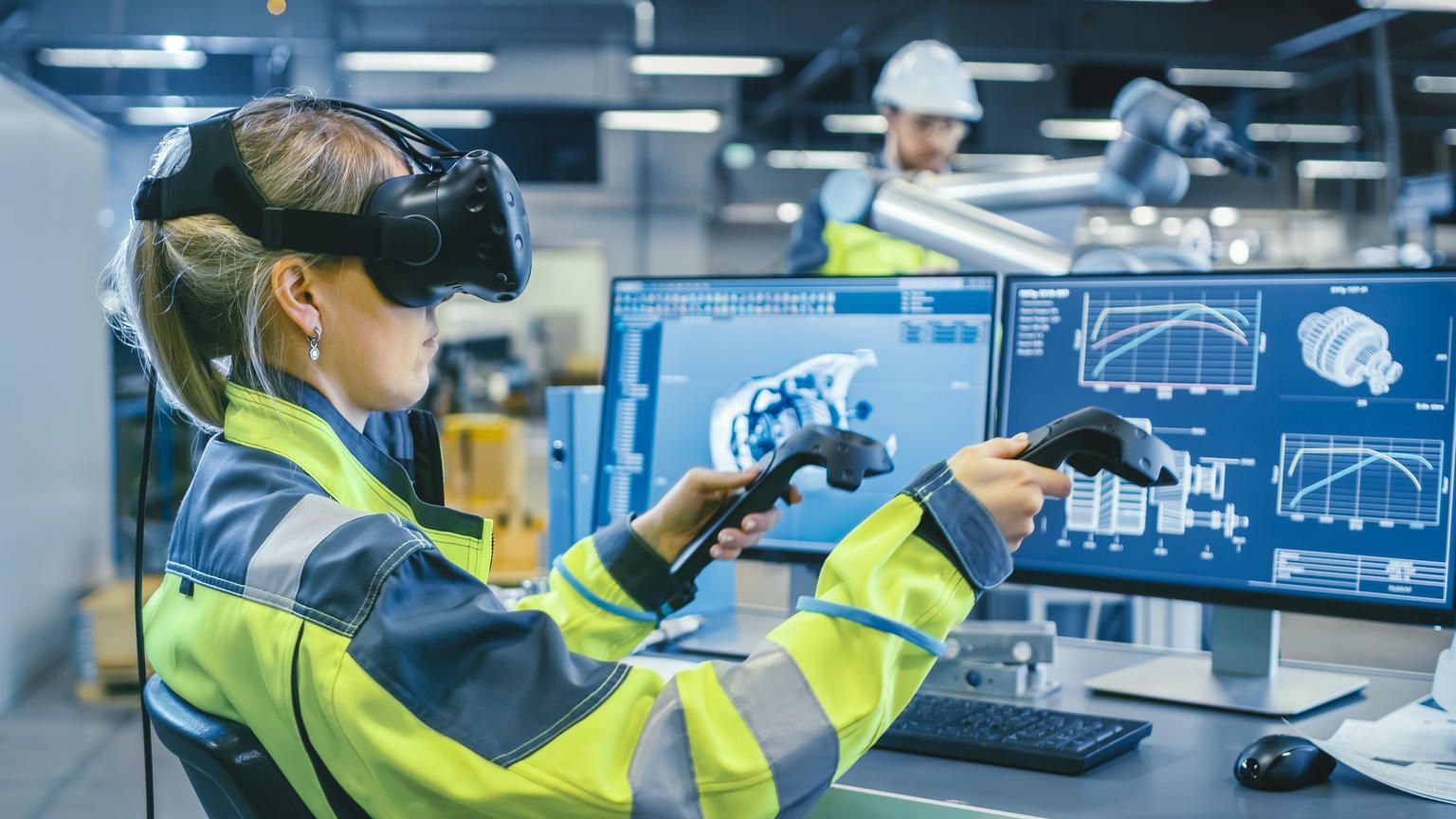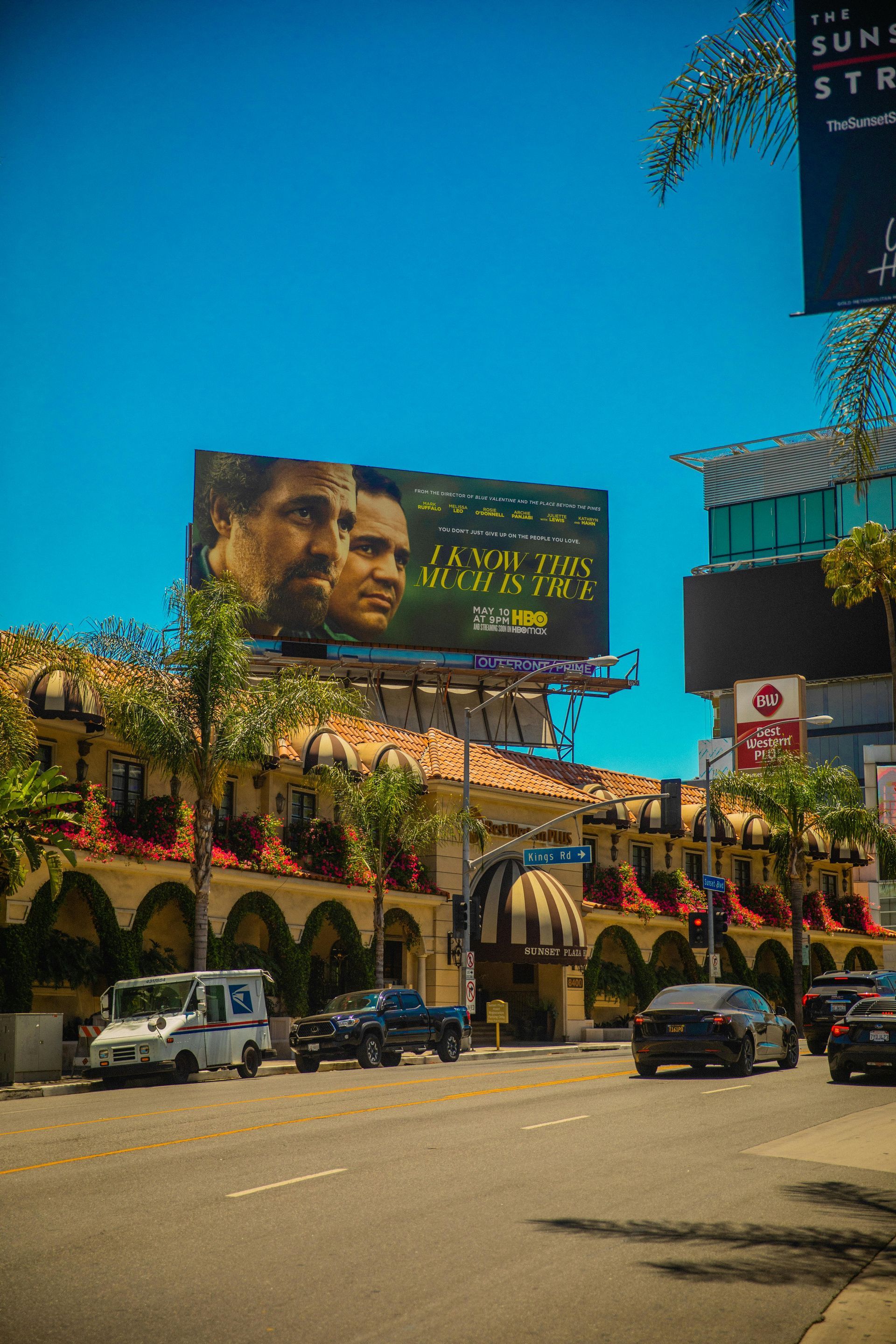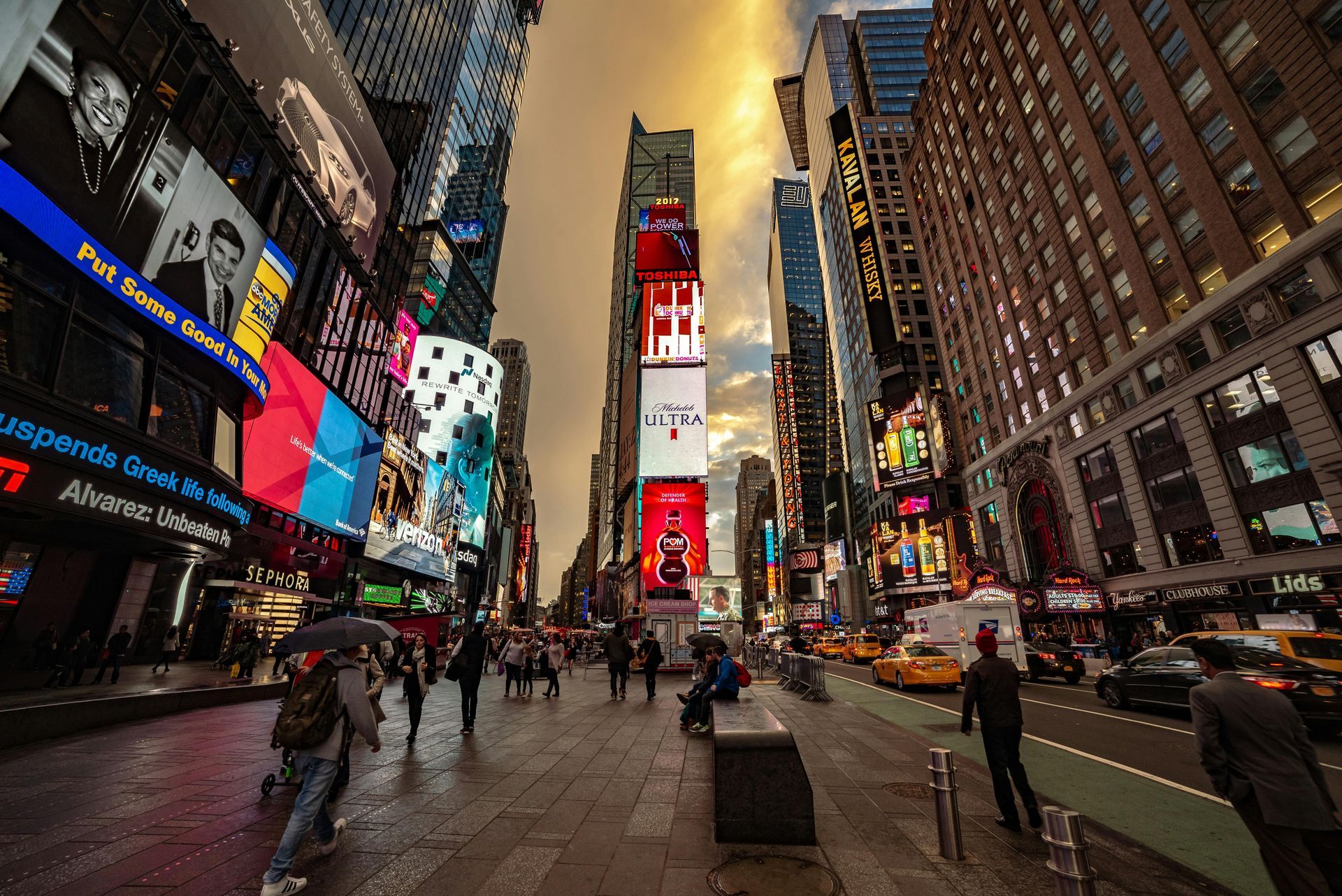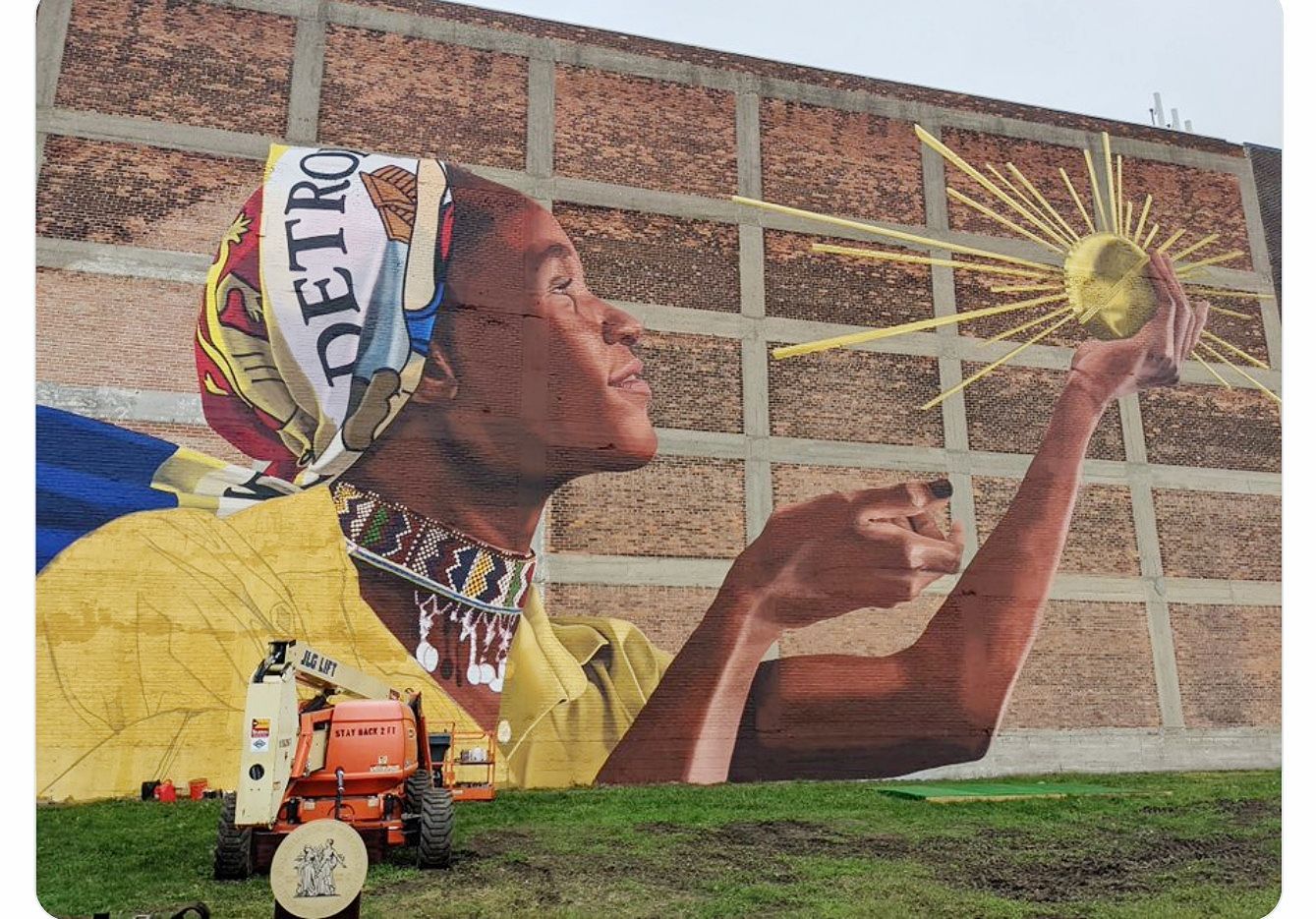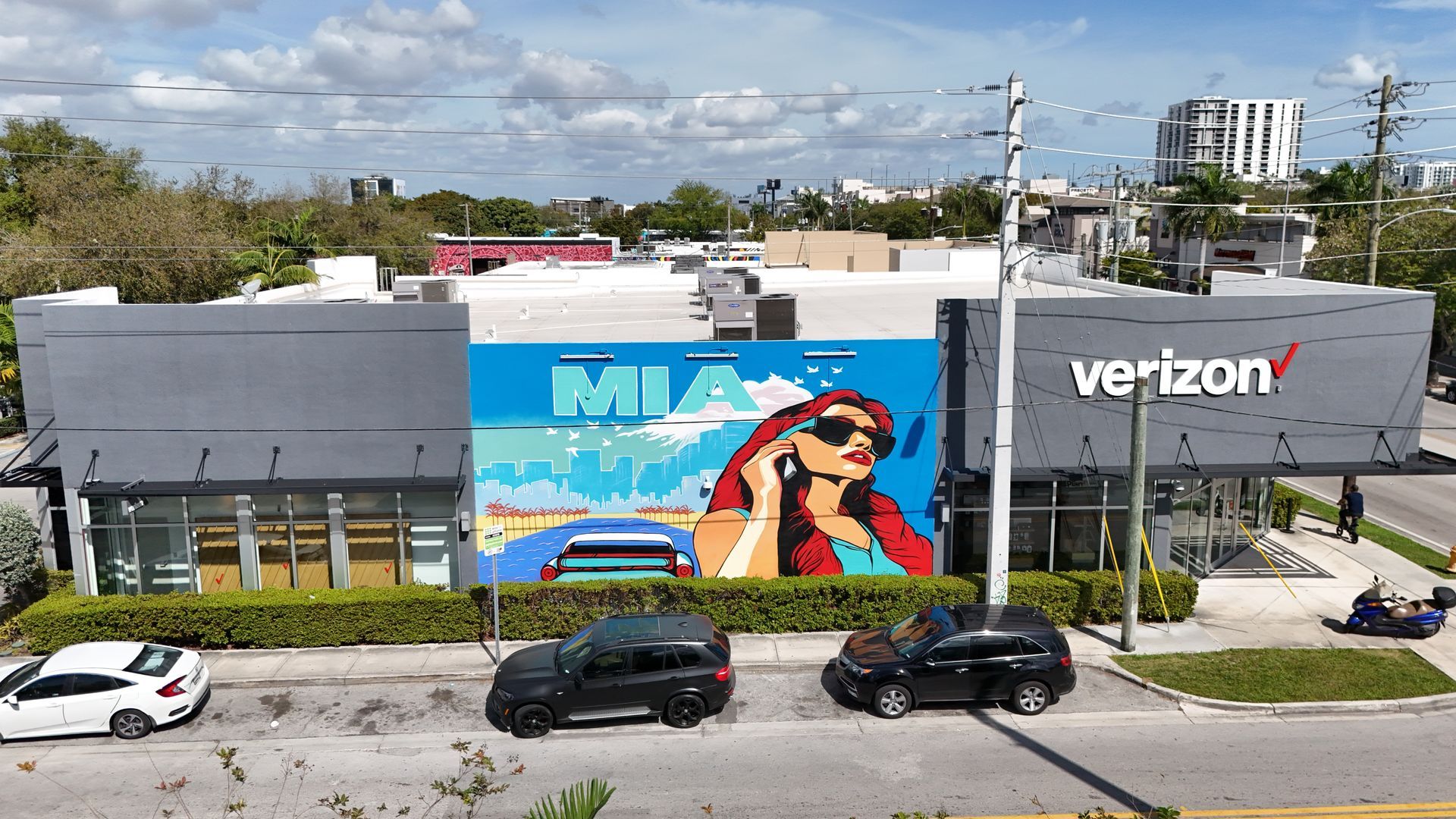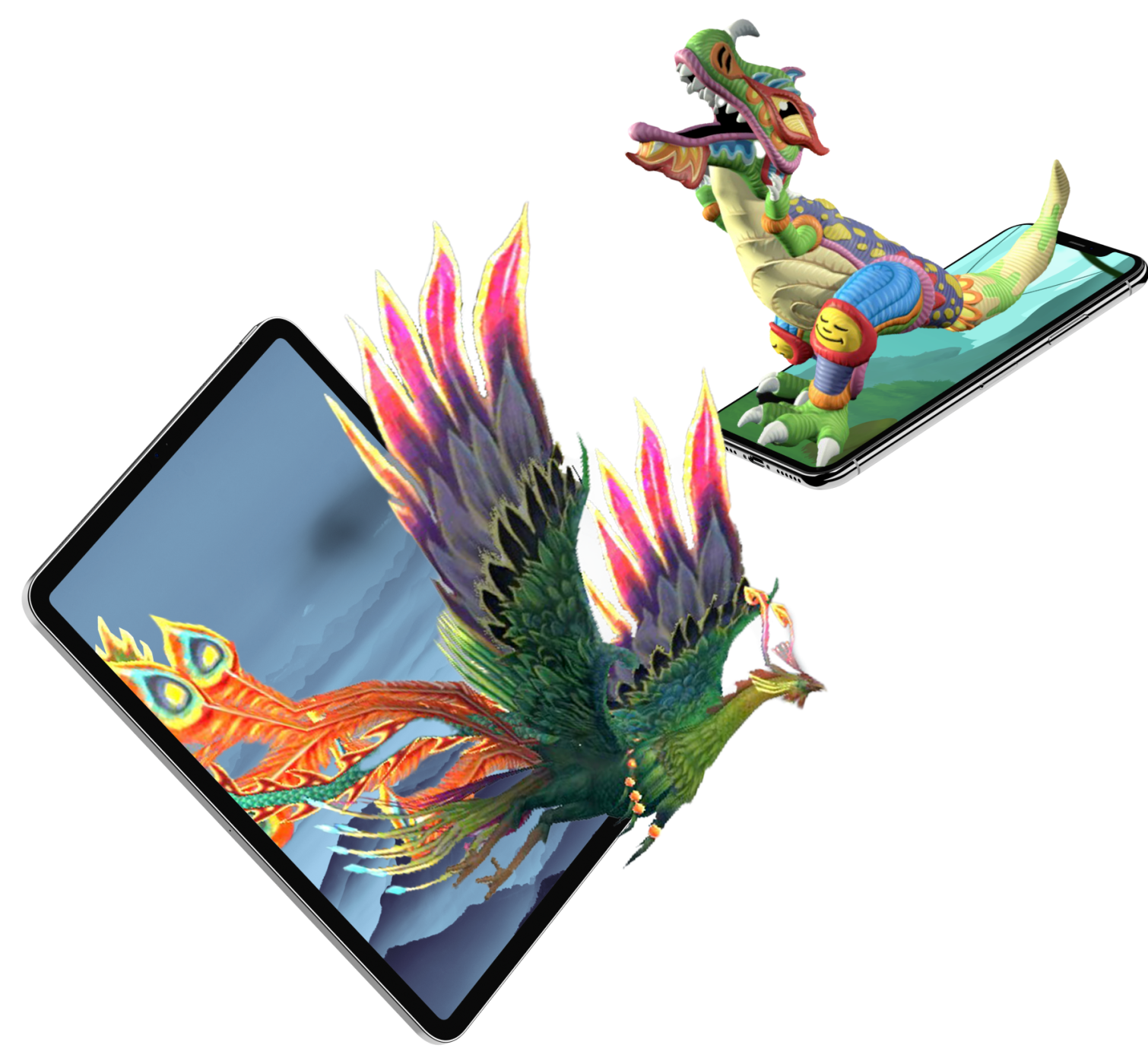Augmented Reality for Attractions: Enhancing the Visitor Experience
Augmented Reality (AR) is no longer just a buzzword; it’s a transformative technology reshaping how people interact with the world. From smartphone apps that overlay digital creatures onto real-world environments to wearable devices that offer real-time translations or interactive directions, AR has come a long way in recent years. AR is rapidly gaining traction with visitor attractions—such as theme parks, museums, zoos, aquariums, and historical landmarks. Why? Because it offers an immersive and personalized way to learn, play, and engage with physical spaces.
By seamlessly blending digital information and graphics with a visitor’s surroundings, AR enhances storytelling and provides opportunities for deeper exploration and education. In this article, we will explore how Augmented Reality is revolutionizing visitor attractions, discuss its benefits and challenges, and offer a glimpse into the future of this dynamic technology. If you want to boost visitor engagement and stand out in a competitive market, this comprehensive guide is for you.
Understanding Augmented Reality in Visitor Attractions
Augmented Reality is a technology that superimposes computer-generated content—such as text, images, and animations—onto a user’s real-world view. It differs from Virtual Reality (VR) by layering digital elements on top of the physical world rather than replacing one’s surroundings entirely. AR experiences can range from simple on-screen overlays to complex interactive holograms, offering an incredible breadth of possibilities for attractions looking to create memorable experiences.
Within visitor attractions, AR often manifests as mobile or tablet apps, interactive kiosks, or wearable devices like AR glasses. When visitors hold up their smartphones to a particular exhibit or scan a designated marker, they can unlock additional layers of information—such as historical facts, hidden animations, or even a gamified treasure hunt. This ability to layer digital narratives onto real environments encourages exploration, fosters curiosity, and transforms passive spectators into active participants, enhancing the overall visitor experience.
The Benefits of AR for Visitor Engagement (Approx. 200 words)
- Immersive Storytelling
AR’s greatest strength is its ability to bring stories to life. Instead of relying solely on written descriptions or static displays, attractions can integrate interactive digital elements that provide a more engaging, multi-sensory learning experience. - Personalized Exploration
AR technology allows visitors to tailor their journey according to their interests. For instance, art lovers at a museum might opt for detailed insights into each painting, while casual visitors could enjoy quick, bite-sized snippets of information. By catering to varying levels of curiosity, AR ensures that each visitor walks away with a uniquely satisfying experience. - Enhanced Educational Value
Museums, zoos, and science centers can incorporate AR overlays that illustrate complex processes or historical events, making learning fun and accessible. Through animated 3D models, timelines, or interactive quizzes, AR helps break down complicated subjects into digestible, visual formats. - Increased Engagement and Retention
When visitors are actively involved—tapping, scanning, or questing for digital clues—they tend to stay longer and retain more information. This heightened engagement boosts visitor satisfaction and increases the likelihood of word-of-mouth promotion and repeat visits.
Real-World Applications of AR in Different Attractions
1. Theme Parks
Theme parks are naturally inclined toward immersive, story-driven entertainment—making them an ideal setting for Augmented Reality. Imagine a roller coaster queue where visitors can use their smartphones to play an AR mini-game while waiting. They might collect virtual tokens, interact with animated characters floating in mid-air, or compete with friends for a high score. These mini-games transform tedious wait times into an integral part of the overall experience.
AR can also elevate the park’s storytelling by weaving digital story elements into the physical environment. For example, a pirate-themed ride could integrate an AR treasure map that overlays historical facts or character appearances around designated park landmarks. This multi-layered narrative fosters a sense of adventure and discovery, increasing visitor excitement. Beyond entertainment, AR can enhance safety and convenience. Visitors might use AR wayfinding tools to navigate large park areas more efficiently, ensuring they don’t miss out on key attractions or showtimes.
2. Museums and Art Galleries
Museums and art galleries are often perceived as traditional, quiet spaces. But with AR, these venues are evolving into dynamic learning hubs. Through museum-specific AR apps, visitors can point their phone at a painting and see its evolution over time, or read about the artist’s life via an immersive timeline. In some cases, layered audio elements can automatically trigger as the visitor approaches an artwork, providing narration or relevant historical background.
One of the most compelling aspects of AR in museums is its ability to reveal hidden layers. Archaeological exhibits, for instance, can show how artifacts looked during ancient times or reconstruct partially damaged structures, giving visitors a rare glimpse into the past. Interactive guided tours can also be enhanced with AR-based quizzes and games, making the learning process playful and engaging. By offering richer, multi-sensory experiences, museums can attract younger audiences, encourage repeat visits, and deepen overall visitor engagement.
3. Zoos and Aquariums
Zoos and aquariums offer rich educational opportunities, which can be amplified significantly through AR. Picture scanning a sign near a penguin exhibit to trigger a 3D penguin figure that demonstrates its mating dance or shows migratory routes over a digital world map. This immersive learning sparks curiosity and helps visitors form a stronger emotional connection with the animals.
Additionally, AR can highlight conservation issues, such as habitat destruction or climate change. Instead of merely stating facts on a plaque, an AR overlay can visually depict how an animal’s environment has changed over time, encouraging empathy and a sense of responsibility. This approach enriches the visitor experience, making it more interactive, informative, and memorable.
4. Historic Sites and Cultural Landmarks
Historic sites and cultural landmarks often rely on static information boards or pamphlets to educate visitors. AR breathes new life into these locations by overlaying digital reconstructions of bygone eras, complete with historical figures and architectural elements. Imagine standing in front of a centuries-old castle and, through AR, witnessing how it appeared at the height of its glory, complete with period-appropriate events playing out in real-time.
Tourists can also follow AR-guided routes that reveal secret passages, hidden frescoes, or intriguing anecdotes as they wander. This level of interactivity makes history feel present and tangible, deepening the emotional impact of visiting a cultural site. Overall, AR transforms traditional sightseeing into a vibrant, story-rich journey.
Overcoming Challenges and Considerations
While AR offers tremendous possibilities, implementing it in visitor attractions isn’t without challenges. One of the most significant issues is technology adoption. Not all visitors own or are comfortable using high-end smartphones or AR-enabled devices, which can limit the reach of AR experiences. Attractions should consider offering rental devices or simplified platforms to ensure inclusivity.
Content creation is another hurdle. Producing high-quality 3D models, animations, and narrative elements requires specialized skill sets and can be expensive. It’s critical for attractions to partner with experienced AR developers who can balance creative vision with technical feasibility. Additionally, continuous updates are needed to keep content fresh and aligned with evolving hardware and software requirements.
Infrastructure and connectivity also matter. AR experiences often rely on strong internet connections or Wi-Fi for smooth performance. Attractions must invest in reliable network solutions to avoid visitor frustration. Finally, safety and privacy considerations are paramount. Navigating busy spaces with a phone or AR glasses can lead to accidents if not managed carefully, and capturing visitor data raises questions about data protection. Addressing these issues upfront ensures a smooth, visitor-centric AR experience.
Measuring ROI and Visitor Feedback
Implementing AR solutions often involves significant investment, so tracking return on investment (ROI) and collecting visitor feedback is essential. Basic metrics include attendance numbers, dwell time at exhibits, and overall revenue generated. For attractions that incorporate in-app purchases—like AR scavenger hunts or exclusive digital collectibles—revenue from these features can be a clear indicator of success.
Visitor feedback, gathered through surveys or direct app-based ratings, provides invaluable insights into user satisfaction and areas for improvement. This data can be leveraged to optimize the AR content, fine-tune user flows, or add new interactive elements based on visitor interests. By continuously iterating and refining the AR experience, attractions can boost engagement, enhance visitor satisfaction, and maintain a competitive edge.
Marketing and Promotion of AR-Enhanced Experiences
After investing in AR solutions, attractions should actively promote these new offerings. Social media campaigns showcasing behind-the-scenes AR creation can build excitement and intrigue. Short teaser videos or interactive AR filters on popular platforms like Instagram, TikTok, or Snapchat can go viral, drawing attention to an attraction’s innovative approach.
Collaborations with influencers, travel bloggers, and local tourism boards can further extend reach. Highlighting the AR features in brochures, websites, and guided tours ensures visitors know what to expect and how to engage. Running special promotions—such as discounted tickets for guests who share their AR journey on social media—can also stimulate word-of-mouth marketing. Ultimately, a well-structured marketing strategy will help attractions maximize the return on their AR investment by driving higher foot traffic and sustained visitor interest.
Emerging Trends and Technological Advancements
AR technology is constantly evolving, with new hardware and software innovations expanding what’s possible. Wearables like smart glasses are poised to become more mainstream, offering hands-free AR experiences and reducing reliance on smartphones or tablets. Additionally, improvements in computer vision and machine learning make AR more precise and responsive, enabling smoother tracking of real-world objects and better occlusion (the ability for digital items to appear behind physical objects).
Another emerging trend is the convergence of AR with other technologies like Artificial Intelligence (AI) and the Internet of Things (IoT). Attractions might leverage IoT sensors to track visitor movements, customizing AR overlays in real-time based on location or visitor behavior. AI-driven content could adapt on the fly, adjusting difficulty levels in games or suggesting exhibits based on a user’s past choices. These advancements hint at a future where AR experiences become more fluid, personalized, and deeply integrated into visitor attractions.
Case Study: The AR Success at a Modern Museum
Consider a modern art museum that recently integrated an AR-based interactive tour. Upon arrival, visitors download the museum’s dedicated AR app or rent a preloaded tablet. As they move through each gallery, the app detects visitors' location and pulls up curated content. Through AR overlays, the museum showcases the creative process behind select artworks—offering sketches, interviews with the artists, and step-by-step visual breakdowns of the techniques used.
The museum also gamifies the tour by incorporating a digital scavenger hunt. Visitors collect “digital paint brushes” hidden within certain artworks. Once they’ve gathered enough, they unlock an exclusive AR filter that allows them to take a selfie with a 3D version of a famous painting. Social media engagement skyrockets as visitors share these unique selfies, effectively marketing the museum at no additional cost.
Post-visit surveys reveal that most participants found the AR experience highly enriching, stating that they learned more about modern art in a shorter time than a traditional visit. Attendance numbers increased by 25% in the first six months, and gift shop sales spiked—fueled by the higher foot traffic and a newfound excitement around the museum. This case study illustrates the tangible impact AR can have on visitor engagement and a venue’s bottom line.
Best Practices for Implementing AR in Visitor Attractions
- Start Small and Scale Up
Begin with a pilot program or a single exhibit before rolling out AR across your entire attraction. This approach minimizes risk and allows you to collect valuable user feedback. - Prioritize User Experience
Ensure your AR app or device is intuitive and easy to use. If visitors find the interface confusing, they’ll likely abandon the experience. - Offer Multiple Engagement Levels
Some visitors may want a deep dive, while others only have time for quick interactions. Provide both short, casual experiences and in-depth guided tours. - Regularly Update Content
Keep the AR experience fresh by rotating exhibits or adding seasonal events, and consider user feedback when introducing new features. - Train Staff and Provide Support
Equip your team with the knowledge to guide visitors through AR features and troubleshoot common tech issues.
By adhering to these guidelines, attractions can ensure that their AR initiatives deliver maximum value to visitors and the organization.
The Future of Augmented Reality in Visitor Attractions
As AR hardware and software advance, we can expect a growing number of attractions to adopt immersive digital overlays. The line between the physical and digital realms will blur, creating highly engaging, story-driven experiences. In the not-too-distant future, we may witness fully collaborative AR games where large groups of visitors work together to solve puzzles or navigate virtual obstacles in real-world settings.
Interactive art installations, voice-activated holograms, and AI-driven personalization are just some possibilities on the horizon. These advancements will elevate the quality of entertainment and create new revenue streams—through premium AR content, merchandise tie-ins, and location-based marketing opportunities. For operators who stay ahead of these trends, AR will be a powerful tool to captivate modern audiences, drive visitor traffic, and set new standards for immersive, educational, and experiential design.
Conclusion
Augmented Reality has emerged as a game-changer for visitor attractions, offering innovative ways to tell stories, educate audiences, and create interactive engagements that go well beyond traditional exhibits or rides. By leveraging AR, venues can appeal to tech-savvy visitors, increase dwell time, and differentiate themselves in a crowded marketplace. While there are challenges—such as cost, content creation, and technological adoption—thoughtful planning and consistent updates can ensure long-term success. As hardware and software continue to evolve, the potential for AR to redefine visitor experiences is truly limitless. Now is the time for attractions to embrace this exciting new frontier.
TALK TO A PRO
We're here to bring your brand to life!
Stay Connected with BrandXR
Create Augmented Reality for Free!
Create, Publish, and Measure 3D Augmented Reality Experiences Without Having to Code.
